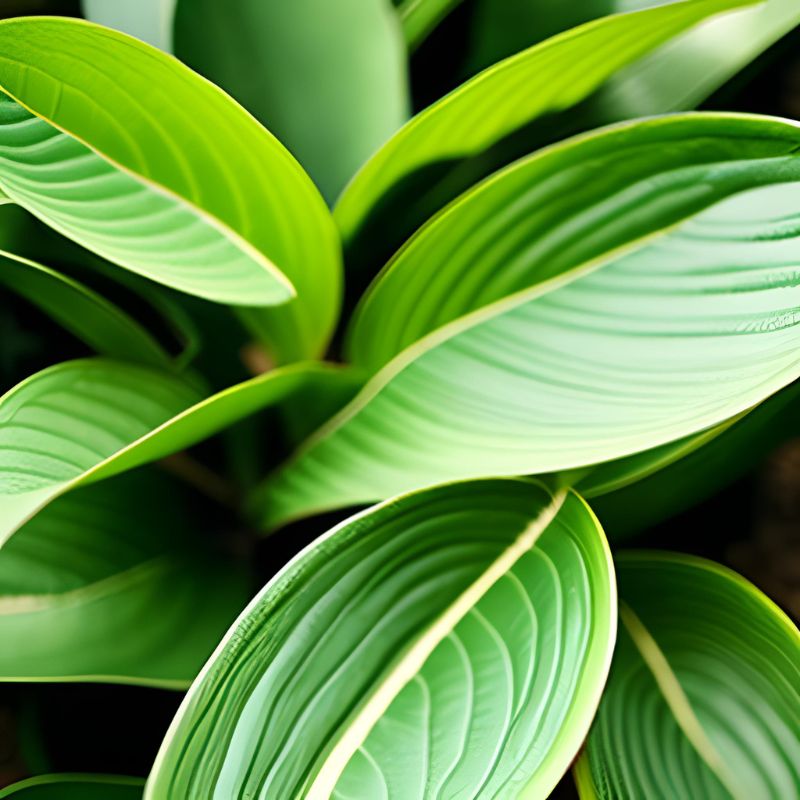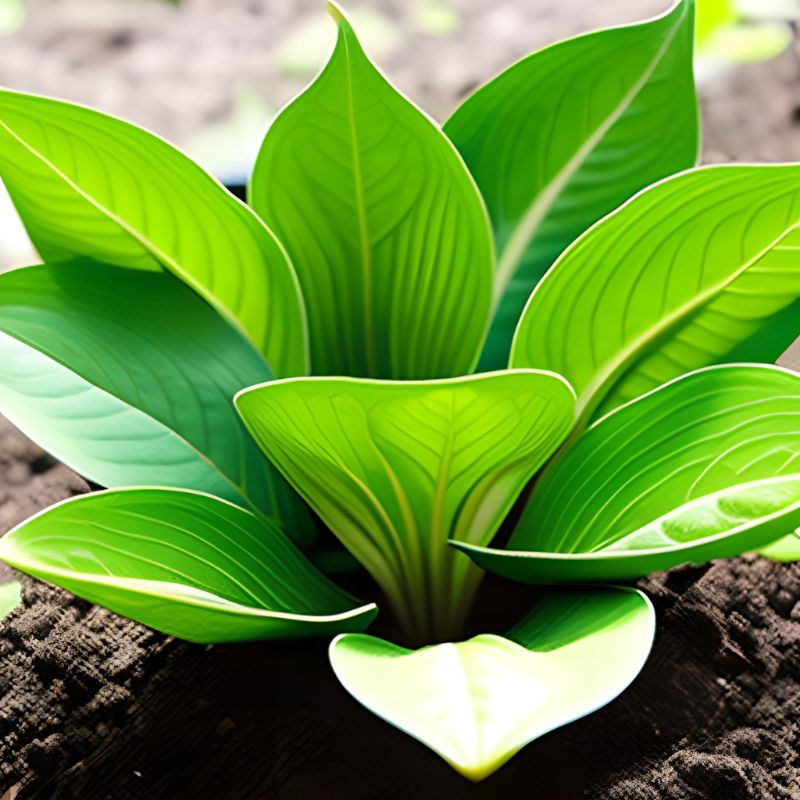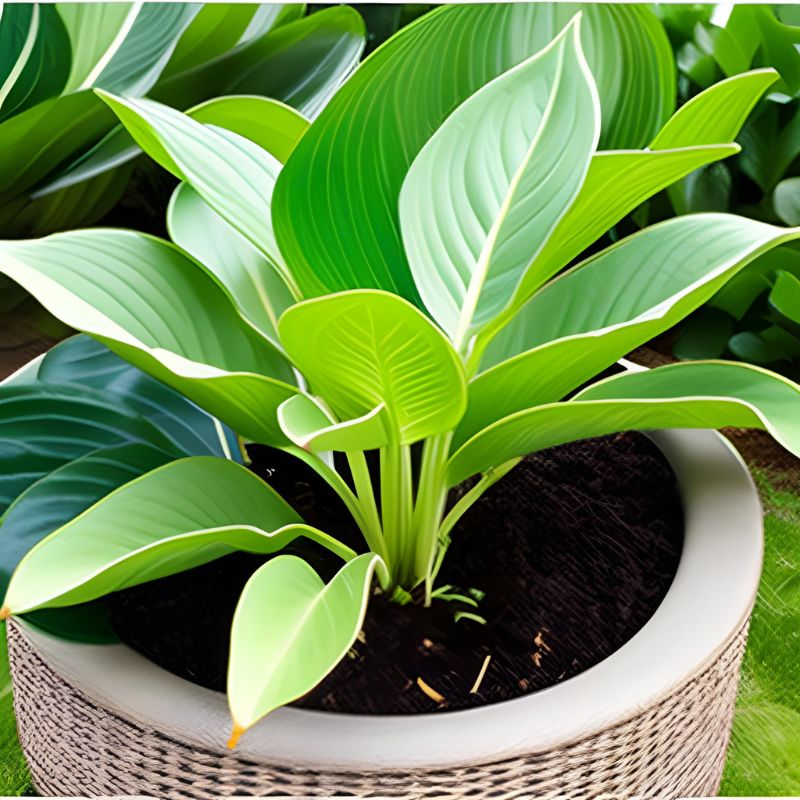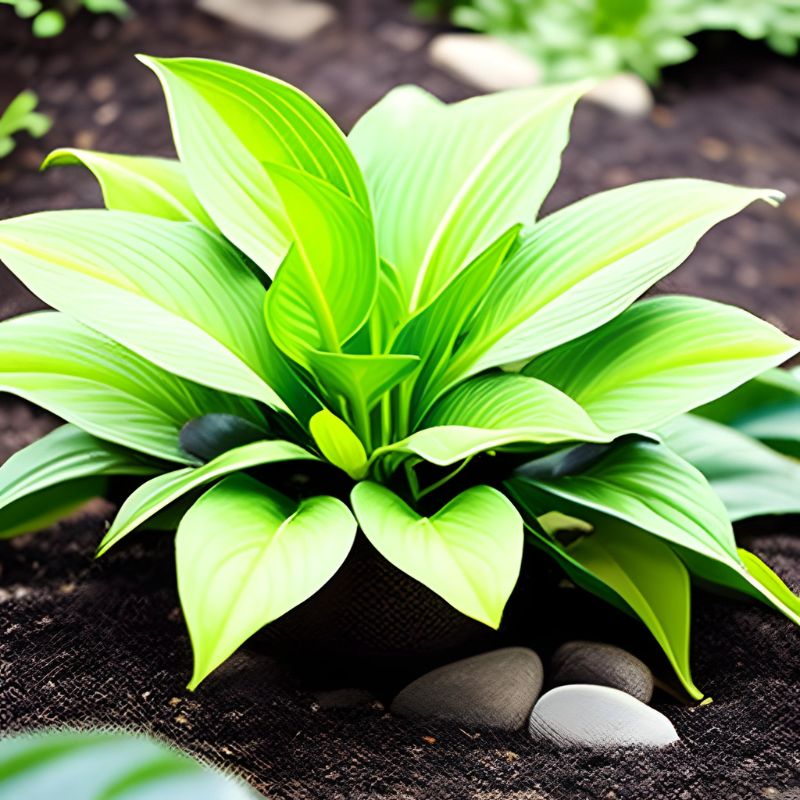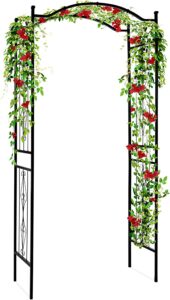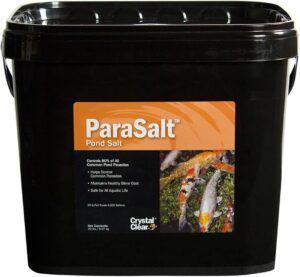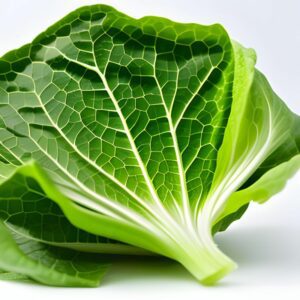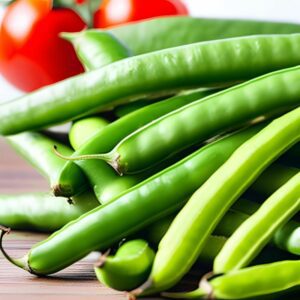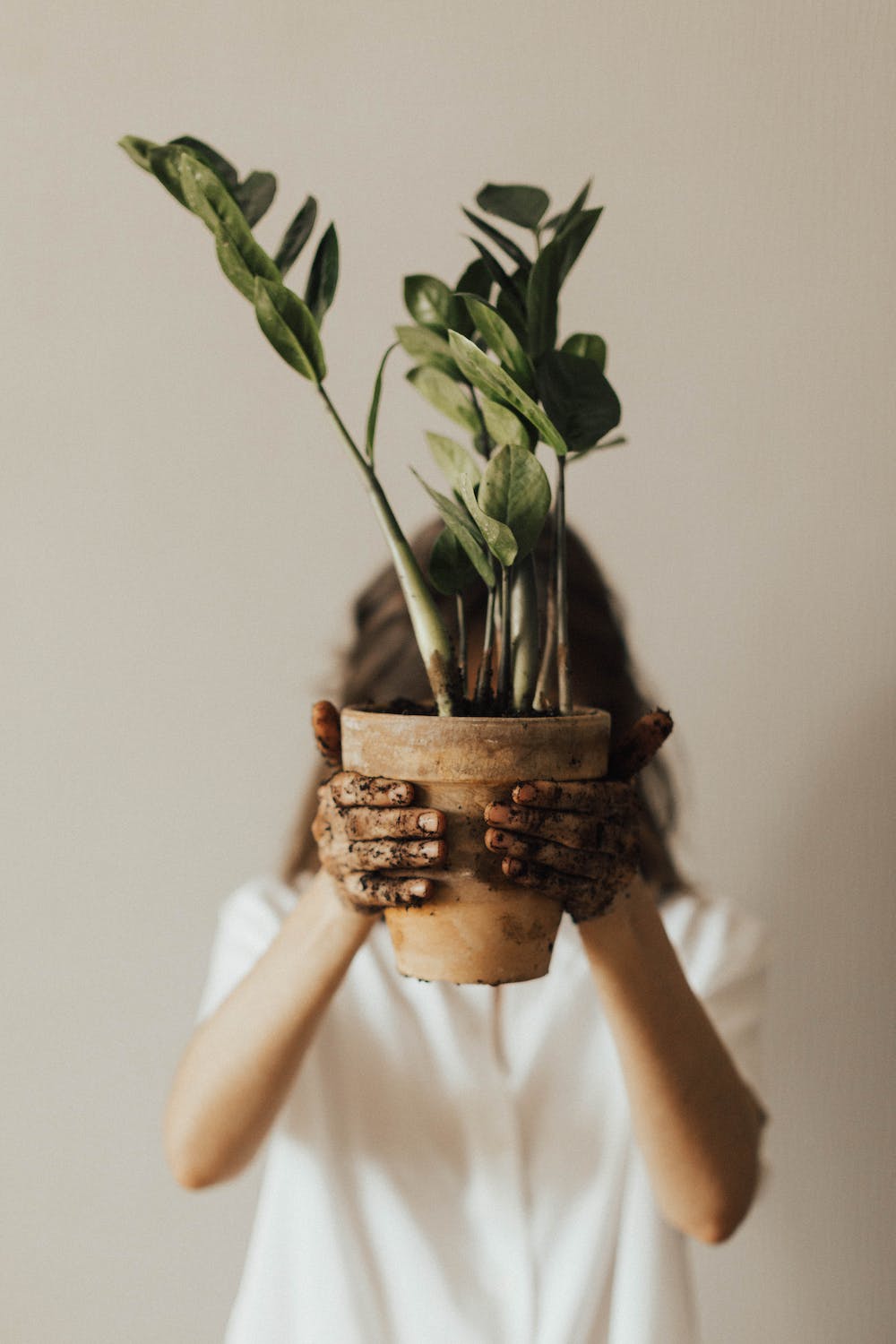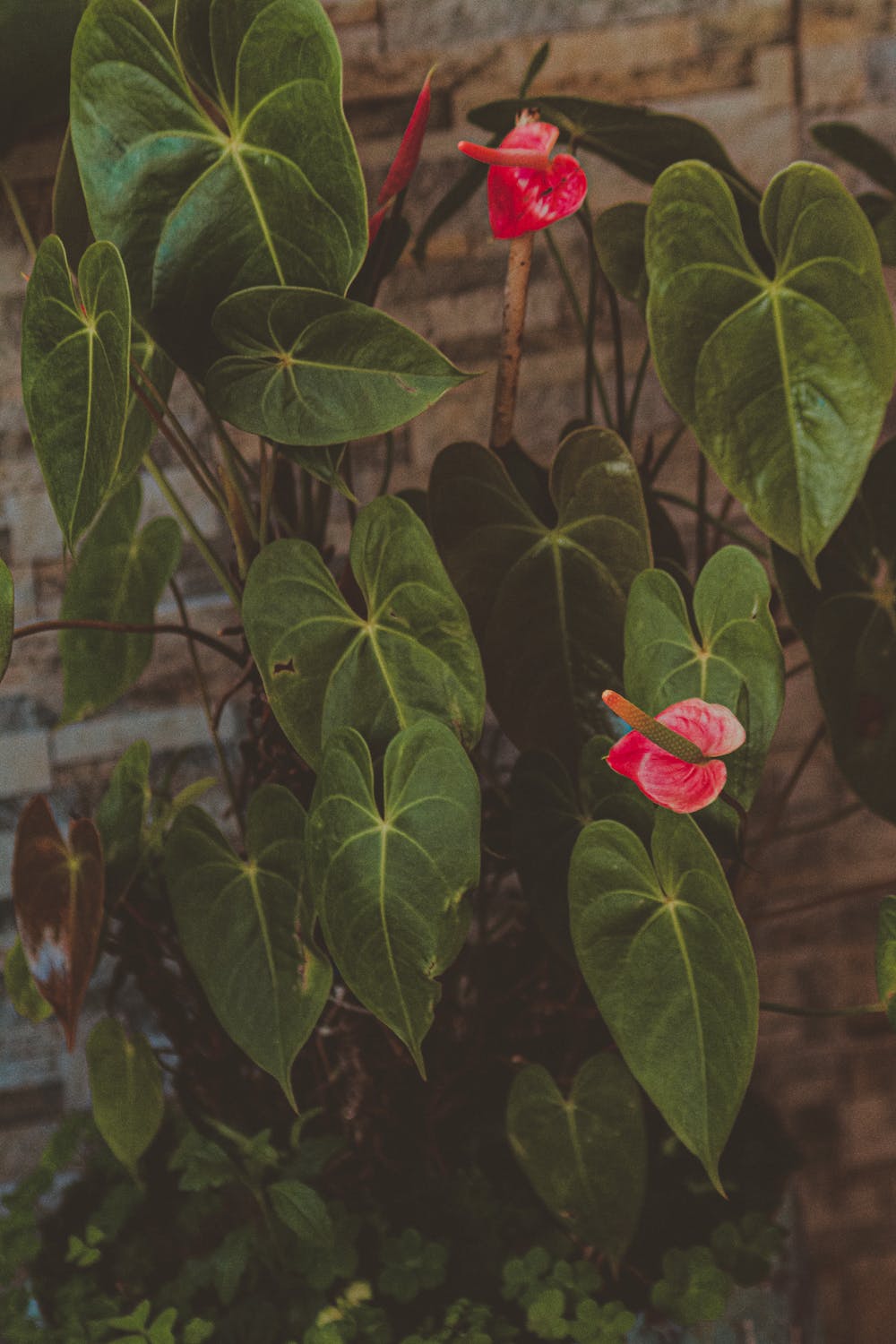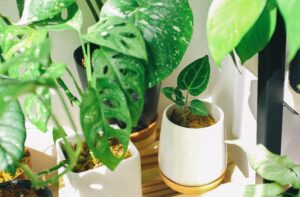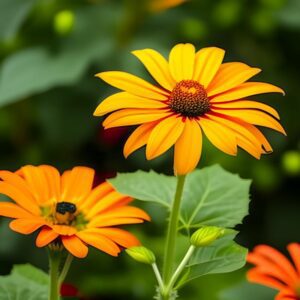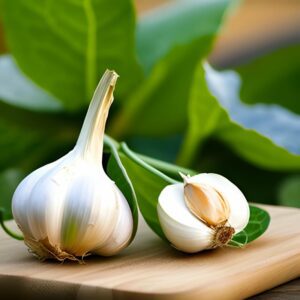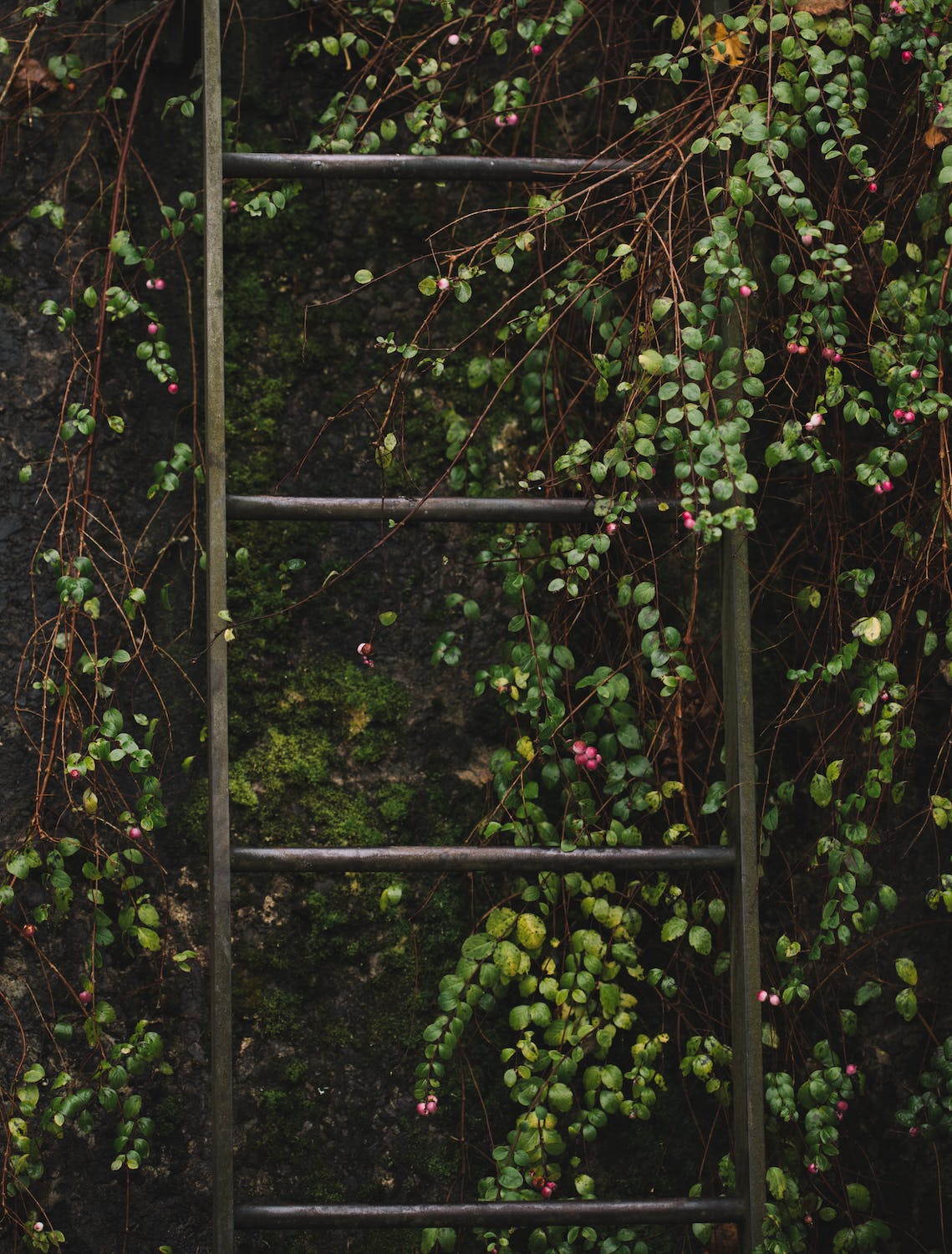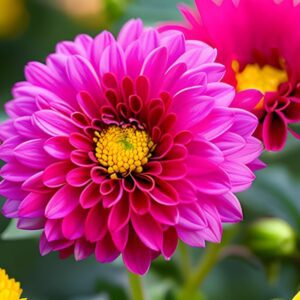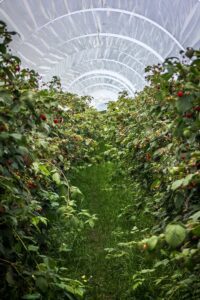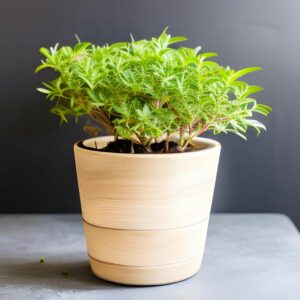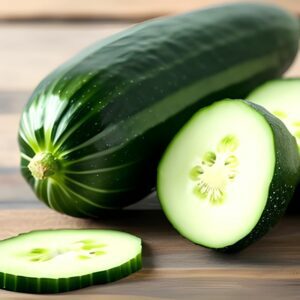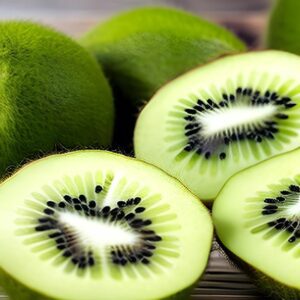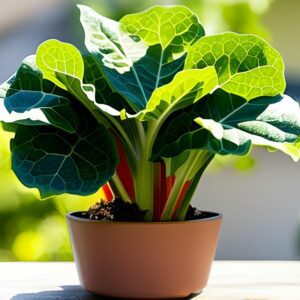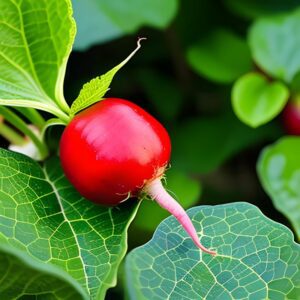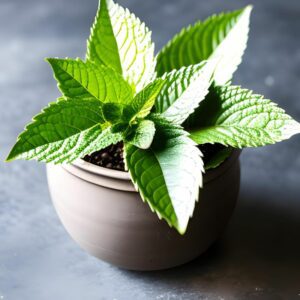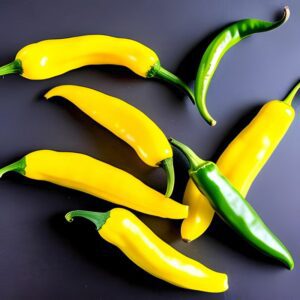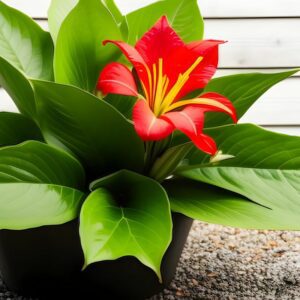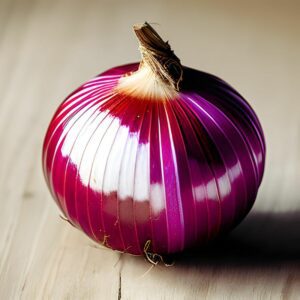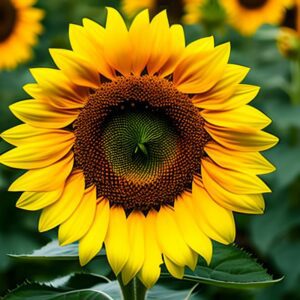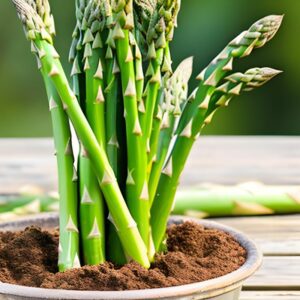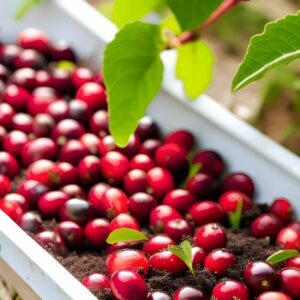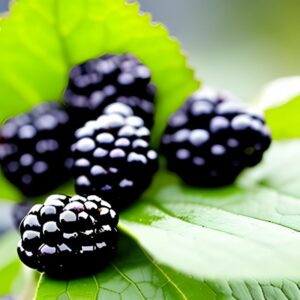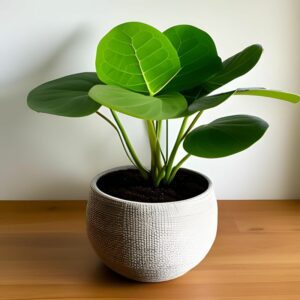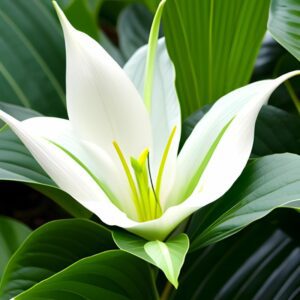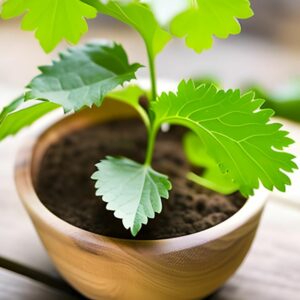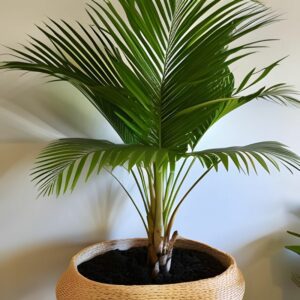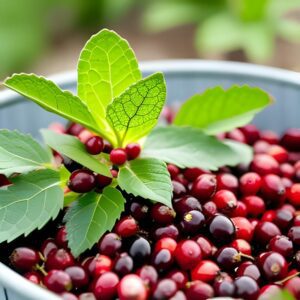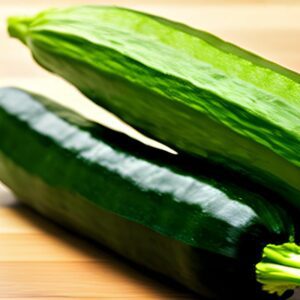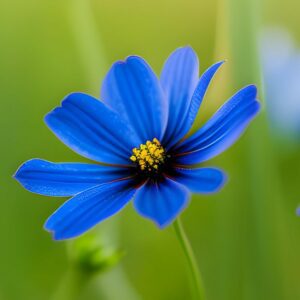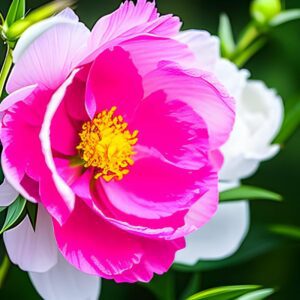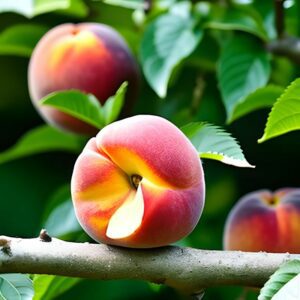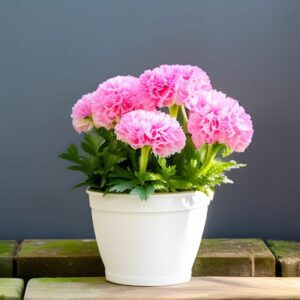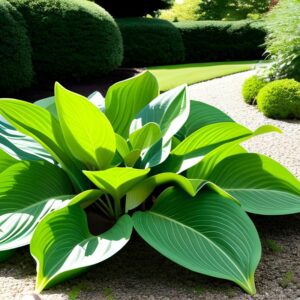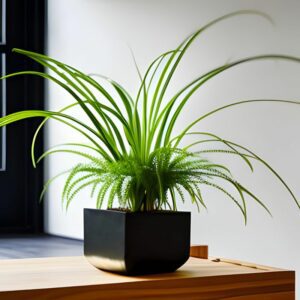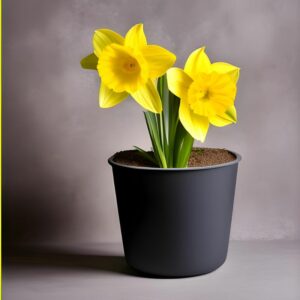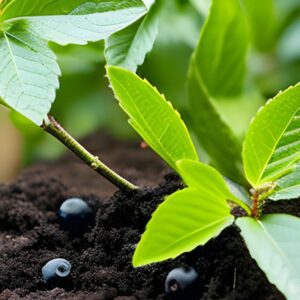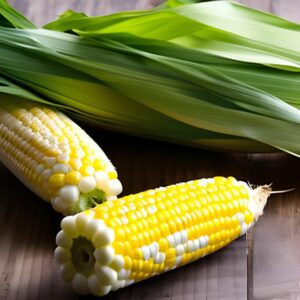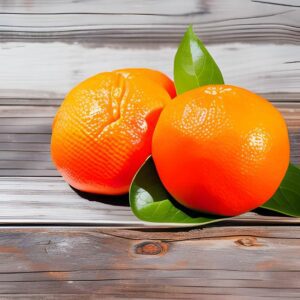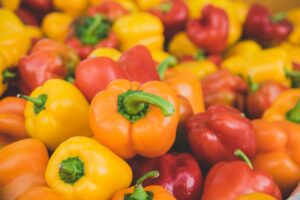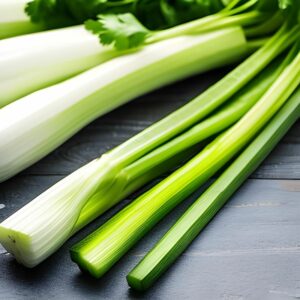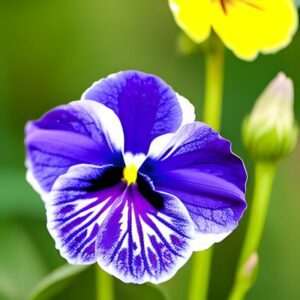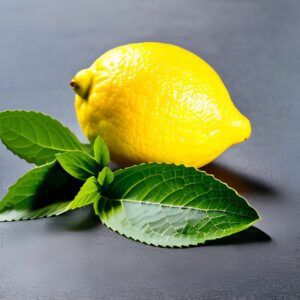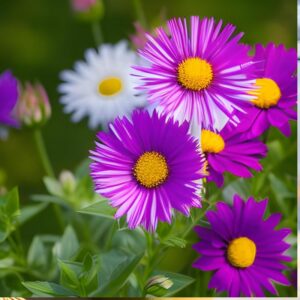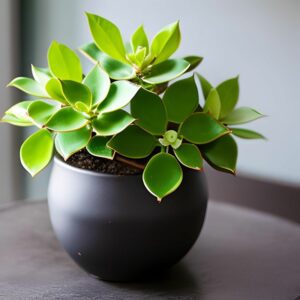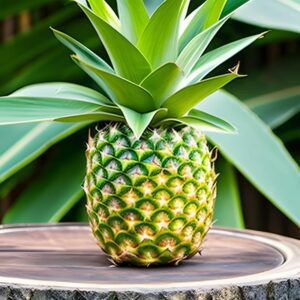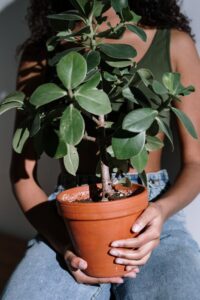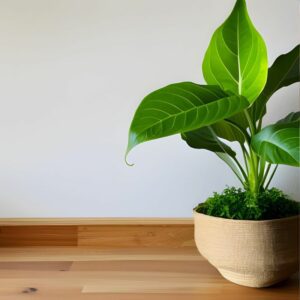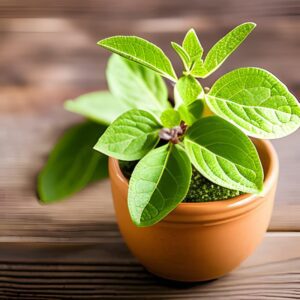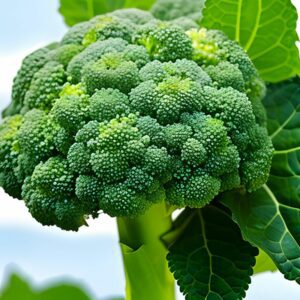Hosta
House Plants
- Asia
- Easy
- 2-3 Years
Introduction
Hostas are popular houseplants prized for their attractive foliage and versatility. Native to Asia, these plants are known for their lush and vibrant leaves that come in a variety of colors, shapes, and sizes. Hostas are ideal for adding beauty and texture to indoor spaces.
Plant Characteristics
Hostas are herbaceous perennials that primarily feature large, heart-shaped leaves. The foliage can vary in color, ranging from deep green to variegated patterns with shades of yellow, white, or blue. Some varieties also produce tall spikes of lavender or white flowers.
Ideal Growing Conditions
Hostas thrive in bright, indirect light, but they can tolerate some shade. Avoid exposing them to direct sunlight, as it may scorch their leaves. They prefer well-draining soil that retains moisture but is not overly soggy. Maintain a moderate humidity level around the plants.
Planting Guide
Choose a suitable container with drainage holes. Plant hostas in well-draining potting mix, ensuring the crown of the plant is level with the soil surface. Space multiple hostas appropriately to allow room for growth. Water thoroughly after planting.
Watering and Fertilizing
Keep the soil consistently moist but not waterlogged. Water the plant when the top inch (2.5 cm) of soil feels dry. Avoid overwatering, as it can lead to root rot. Fertilize hostas with a balanced liquid fertilizer diluted to half-strength once a month during the growing season.
Pruning and Maintenance
Remove any yellowed or damaged leaves regularly to maintain the plant’s appearance. Prune back flower spikes after they have finished blooming. Divide mature hostas every few years to control their size and promote healthier growth.
Harvesting or Flowering
Hostas are primarily grown for their foliage, but some varieties produce fragrant flowers in summer. The flowering period can vary depending on the variety and environmental conditions. Enjoy the blossoms as an added bonus to the beautiful foliage.
Post-Harvest Care
Hostas are not typically harvested for consumption. However, after the flowering period, remove spent flower stalks and continue to provide proper care for the plant. Monitor for any signs of pests or diseases and take appropriate action if needed.
Troubleshooting
Hostas can occasionally face issues such as slug or snail damage, as well as fungal diseases like leaf spot or crown rot. Use organic pest control methods or suitable fungicides to address these issues. Ensure proper air circulation around the plant to prevent disease development.
Fun Facts
Hostas are often referred to as “plantain lilies” due to their resemblance to the plantain herb. Some hosta varieties are prized for their unique leaf textures, including puckered, ruffled, or corrugated surfaces. Hostas are also a favorite among gardeners for their ability to attract hummingbirds.
